Beschreibung
Rapid DNA Ligation Kit
Description: The Simplebiotech Rapid DNA Ligation Kit allows ligation of blunt or sticky ends in just 15 minutes.
Kit contents: T4 DNA Ligase 100µL (6WU/µL) #SE1-100 or 200µL (6WU/µL) #SE1-200 and 500µL 5x Rapid Ligation Buffer.
Source of T4 DNA ligase: purified from E. coli lambda lysogen NM 989.
5x T4-Rapid ligation buffer: 250mM Tris-HCl (pH 7.8 at 25 °C), 50 mM MgCl2, 50 mM DTT, 5 mM ATP, 25% PEG 8000
Unit Definition: One cohesive end (CE) unit is defined as the amount of enzyme required to yield 50 % ligation of HindIII fragments of Lambda DNA. Incubation is at 16°C in 20 µl of assay mixture with a DNA terminus concentration of 0.02 µM (50 µg/ml). Note: 67 cohesive end ligation units are the equivalent of one Weiss unit.
Store at: -20°C
Important: Do not heat inactivate! The heating step will inhibit subsequent transformation.
Note: The 5x T4 Rapid Ligation buffer contains ATP as necessary cofactor for T4-DNA-Ligase. ATP in the 5x Rapid Ligation buffer is stable for several freeze thaw cycles. However, it is recommended for optimal performance to aliquot the buffer to reduce the number of freeze thaw cycles.
Storage Buffer: T4-Ligase is stored in 50 mM KCl, 10 mM Tris-HCl (pH 7.4), 0.1 mM EDTA, 1 mM dithiothreitol, 200 μg/ml BSA and 50% glycerol. Store at -20 °C.
Recommended reaction conditions:
Reaction temperature:
It is recommended to carry out the rapid ligation at room temperature (25 °C). Incubation temperatures lower than 20 °C will require longer incubation times.
Vector insert ratio: The recommended molar vector : insert ratio for sticky and blunt ends is 1:3. Vector : Insert ratios from 1:1 to 1:5 will give satisfactory results in most cases. Vector Insert rations higher than 1:5 may lead to multiple inserts. For the ligation of nonposphorylated short synthetic linkers into phosphorylated vector higher vector : insert ratios up to 1 : 50 can be used.
Example:
Vector insert ratio: 1:3
Mass of vector 50ng
Length of insert 500bp
Length of vector 5000bp
ng of insert = 3 x mass of vector [ng] x length of insert [bp] / length of vector [bp]
ng of insert = 3x 50ng x 500bp/5000bp = 15ng
General reaction setup for cloning.
Thaw the 5x rapid ligation buffer completely between your fingers and mix it by vortex. Place the tube immediately back on ice.
Linear vector DNA 50ng (recommended 25ng to 100ng)
Insert DNA 1:3
5x Rapid ligation buffer 2µL
T4 DNA Ligase 1µL (6 Weiss units)
Nuclease free water up to 10µL
Add T4 DNA Ligase as last component.
Mix gently but thoroughly by pipetting up and down or flicking the tube and spin down.
Incubate the reaction mixture at room temperature for 15 min.
[Ligation time can be extended up to several hours, although incubation times longer than 1 hour in general will not improve ligation efficiency. Overnight incubation or longer may lead to a reduced transformation efficiency due to formation of large linear fragments (concatamers).]
Chill on ice. Do not heat inactivate! 1 to 5µl reaction mix can be used directly to transform 50µL chemical competent E. coli cells. For electroporation the PEG containing rapid ligation buffer has to be removed prior to transformation. This can be easily achieved by commercial spin column-based PCR purification kits.
Tips to improve ligation efficiency.
• Avoid exposure of fragments to UV light or reduce it to a minimum. Use the longest wavelength available. Just a few seconds exposure to shortwave UV light reduce the cloning efficiency by orders of magnitude. If available use blue light transilluminator in combination with a green ethidium bromide alternative.
• Mix linear vector and insert and heat it to 55 °C for 5 minutes. Chill down on ice before adding T4- DNA Ligase and buffer. The heating step will melt vector/vector and insert/insert cohesive interaction.
References:
Weiss, B., Jacquemin-Sablon, A., Live, T. R., Fareed, G. C., & Richardson, C. C. (1968). Enzymatic breakage and joining of deoxyribonucleic acid VI. Further purification and properties of polynucleotide ligase from Escherichia coli infected with bacteriophage T4. Journal of Biological Chemistry, 243(17), 4543-4555.
King, P. V., & Blakesley, R. W. (1986). Optimizing DNA ligations for transformation. Focus, 8(1), 1-3.
Ferretti, L., & Sgaramella, V. (1981). Temperature dependence of the joining by T4 DNA ligase of termini produced by type II restriction endonucleases. Nucleic acids research, 9(1), 85-93.
For research use only. Not recommended or intended for diagnosis of disease in humans or animals.
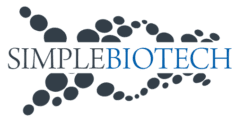

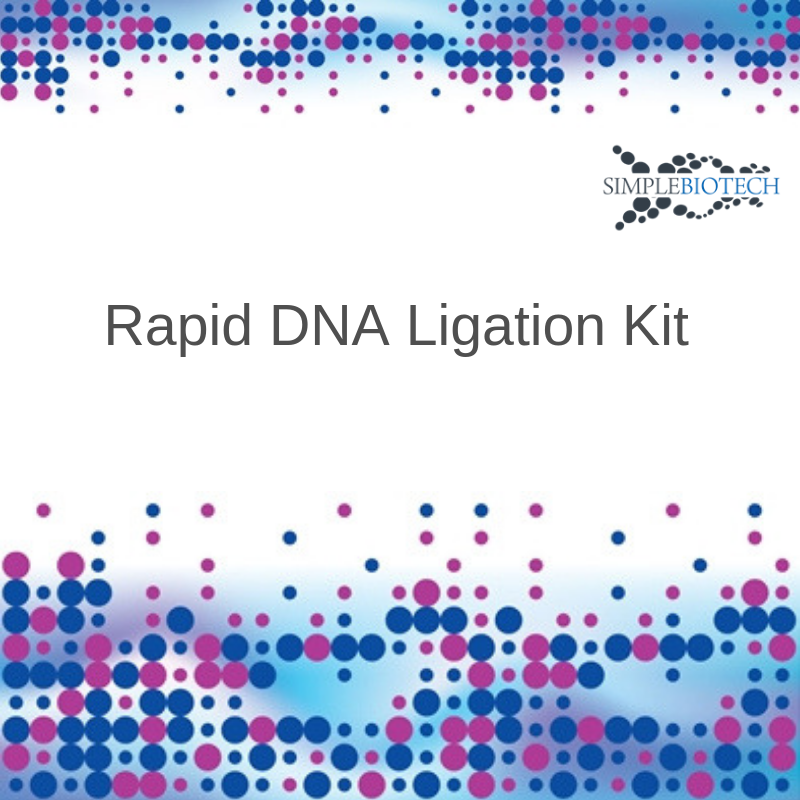
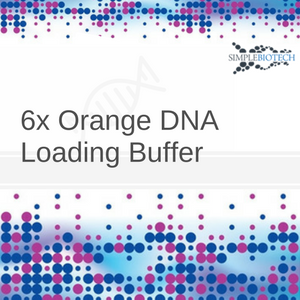
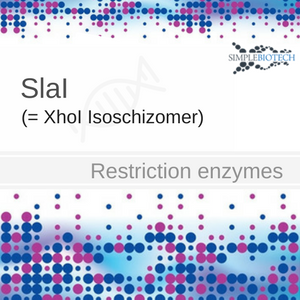
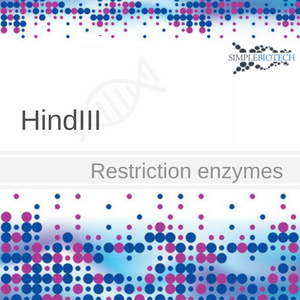
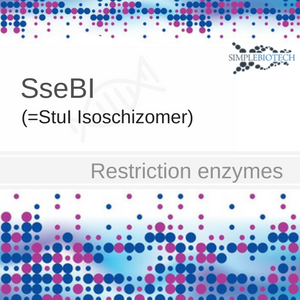
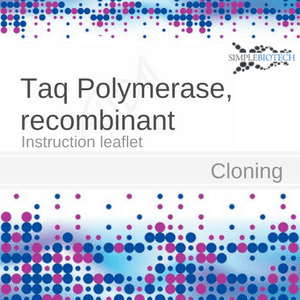
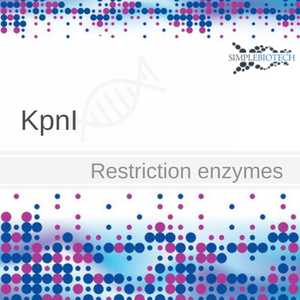
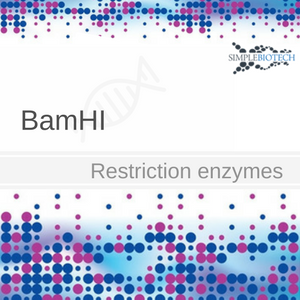
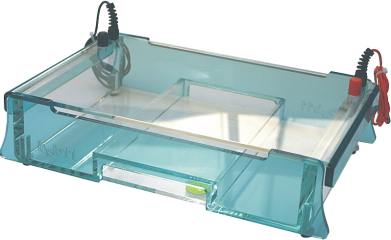
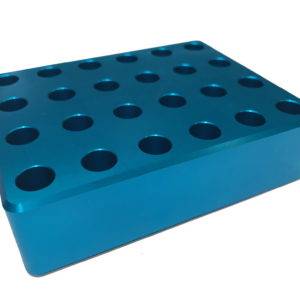
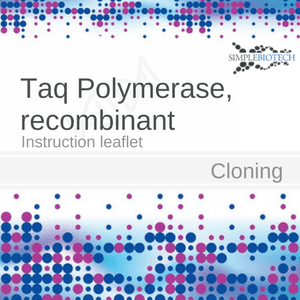
Bewertungen
Es gibt noch keine Bewertungen.